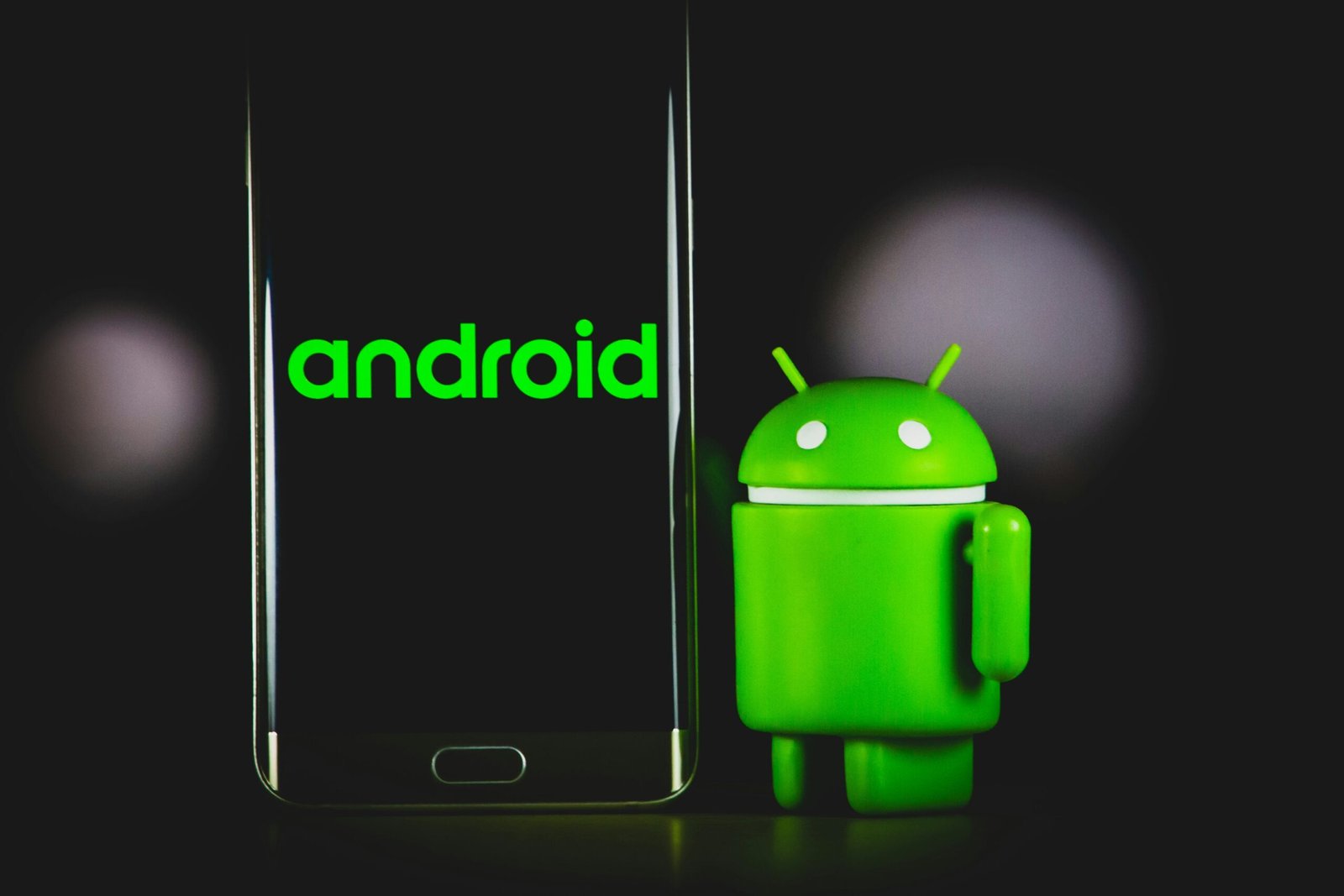Introduction: The Evolution of Chatbot Interaction beyond Text
As the demand for more natural and humanlike interactions with chatbots grows, so does the need for more advanced Natural Language Processing (NLP) techniques. Audio and voice interaction is one area of NLP that is seeing a lot of development in recent years.
While text-based chatbot interactions are still commonplace, there is an increasing trend towards audio and voice interaction. This is driven by advances in NLP technology as well as the growing popularity of voice assistants such as Amazon Alexa and Google Home.
Audio and voice interaction offers several advantages over text-based chatbots. For one, it is more natural and humanlike. It also allows for a more contextualized conversation, as the chatbot can interpret not just the words but also the tone and emotion behind them.
Moreover, audio and voice interaction is less intrusive than text-based chatbots. With text-based chatbots, users have to stop what they are doing to type out a message. With audio and voice interaction, they can carry on with their tasks while still being able to interact with the chatbot.
The evolution of chatbot interaction beyond text is driven by advances in NLP technology as well as the growing popularity of voice assistants such as Amazon Alexa and Google Home. Audio and voice interaction offers several advantages over text-based chatbots, including increased naturalness and contextuality, less intrusiveness, and improved task management abilities.
The Basics of NLP and its Applications in Audio and Voice Interaction
NLP, or natural language processing, is a branch of AI that deals with the interpretation and manipulation of human language. NLP is used in many different fields, including chatbots. In this blog post, we will be discussing the basics of NLP and its applications in audio and voice interaction.
NLP has been used in chatbots for some time now. However, its application in audio and voice interaction is relatively new. NLP can be used to interpret the user’s speech and convert it into text. This text can then be processed by the chatbot to generate a response.
NLP can also be used to interpret the user’s tone of voice. This information can be used to tailor the chatbot’s response accordingly. For example, if a user sounds angry, the chatbot may respond with calm and soothing words.
One of the most promising applications of NLP is its use in virtual assistants. Virtual assistants are computer programs that mimic human conversation. They are designed to understand and respond to natural language queries.
Virtual assistants are becoming increasingly popular as they become more accurate at understanding human speech. NLP is playing a big role in this development by helping virtual assistants understand the complexities of human conversation.
There are many other potential applications of NLP in audio and voice interaction. For example, NLP could be used to create more realistic character dialogue in video games or improve automatic translation services. The possibilities are endless!
NLP Techniques for Audio and Voice Processing: Speech Recognition, Speech Synthesis, and more
NLP, or natural language processing, is a field of computer science and linguistics that deals with the interactions between computers and human languages. NLP techniques are used in many different areas, including speech recognition, speech synthesis, and machine translation.
NLP techniques for audio and voice processing are constantly evolving. One of the most recent developments is the use of deep learning for speech recognition. Deep learning is a type of machine learning that allows computers to learn from data without being explicitly programmed. This approach has yielded significant improvements in accuracy for many different tasks, including speech recognition.
Other NLP techniques used for audio and voice processing include text-to-speech synthesis and speaker recognition. Text-to-speech synthesis converts written text into spoken words, while speaker recognition identifies individuals by their unique vocal characteristics. These technologies are often used together to create lifelike virtual assistants or chatbots.
Real-world Examples of NLP-powered Audio and Voice Interaction in Chatbots
NLP-powered audio and voice interaction in chatbots is providing a more natural way for humans to interact with computers. The technology is being used to enable conversational interfaces that can understand human emotions and intonation, as well as the context of conversations. This is providing a more natural and efficient way for people to interact with chatbots, and ultimately, with businesses and organizations.
One example of an NLP-powered audio chatbot is Google Duplex, which was unveiled at Google I/O 2018. Duplex is designed to make phone calls on your behalf, and can handle complex tasks like scheduling appointments or booking restaurant reservations. The technology behind Duplex is based on recurrent neural networks (RNNs), which are able to learn over time to mimic human speech patterns.
Another example of an NLP-powered audio chatbot is Amazon Lex, which powers the Alexa Voice Service. Lex allows developers to build conversational bots that can understand human emotions and intonation, as well as the context of conversations. This enables businesses and organizations to build chatbots that can have more natural interactions with their customers.
The Impact of NLP on Audio and Voice Interaction in Chatbots and Virtual Assistants
The explosion of AI and conversational interface technologies has led to a rapid increase in the use of chatbots and virtual assistants. However, text-based interaction is only one way that these technologies can be used. Natural language processing (NLP) is playing an increasingly important role in enabling chatbots and virtual assistants to understand and respond to spoken questions and commands.
In addition to text-based input, many chatbots and virtual assistants now also support audio input. This is particularly useful for situations where it is not possible or convenient to type, such as when you are driving or cooking. Audio input also opens up new possibilities for how chatbots and virtual assistants can be used, such as hands-free operation.
NLP is also being used to develop more natural and humanlike voice interactions with chatbots and virtual assistants. This is important not only for making these technologies more user-friendly, but also for opening up new applications such as providing emotional support or delivering engaging content such as stories or jokes.
The impact of NLP on audio and voice interaction in chatbots and virtual assistants is already being felt in a number of areas. Here are some examples:
1. Making interactions more natural: NLP is helping chatbots and virtual assistants understand the nuances of spoken language, allowing them to respond in a more natural way. This includes understanding context, providing appropriate responses, and using tone of voice to convey emotions.
Challenges and Limitations of Using NLP in Audio and Voice Interaction
NLP is a powerful tool for processing and understanding human language, but it has its limitations. One challenge of using NLP for audio and voice interaction is that the acoustic properties of speech can vary greatly depending on the speaker’s environment, making it difficult to build models that can generalize to different settings. Additionally, NLP models often rely on large amounts of training data, which can be challenging to obtain for audio data. Finally, real-time performance is often required for voice applications, which can be difficult to achieve with current NLP techniques. Despite these challenges, NLP continues to be an active area of research and has seen significant advances in recent years.
Conclusion: The Future of NLP-powered Audio and Voice Interaction in Chatbots and the Impact on Human-computer Interaction
The future of NLP-powered audio and voice interaction in chatbots is very exciting. The technology is constantly evolving and becoming more sophisticated. This means that the potential applications for chatbots are also constantly expanding. In the future, we can expect chatbots to become even more widely used in all sorts of different contexts, including customer service, sales, marketing, and even education.
One of the most important aspects of chatbot technology is its ability to understand human speech. This is what allows chatbots to interact with humans in a natural way. The better chatbots become at understanding human speech, the more useful they will be in all sorts of different situations.
Another exciting aspect of chatbot technology is its potential to generate realistic responses to questions. Chatbots that are powered by NLP can already generate fairly realistic responses to simple questions. However, as the technology continues to evolve, we can expect chatbots to become even better at generating realistic responses to complex questions. This will have a major impact on human-computer interaction, as it will allow humans to interact with computers in a much more natural way.
Overall, the future of NLP-powered audio and voice interaction in chatbots is very exciting. The technology is constantly evolving and becoming more sophisticated. This means that the potential applications for chatbots are also constantly expanding. In the future, we can expect chatbots to become even more widely used in all sorts of different contexts, including customer service, sales.







